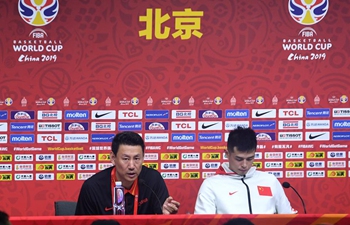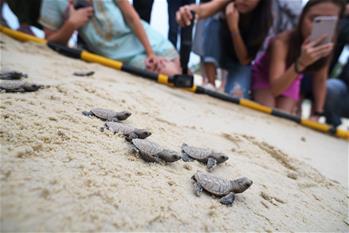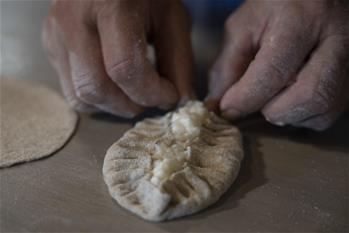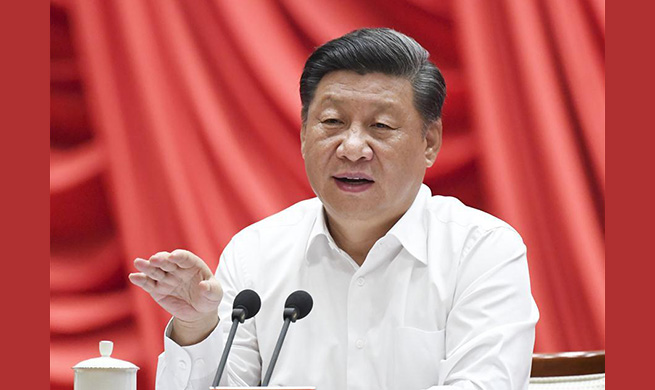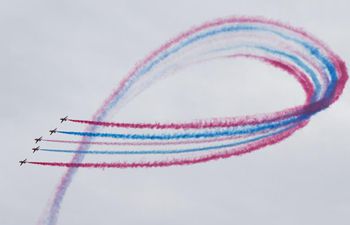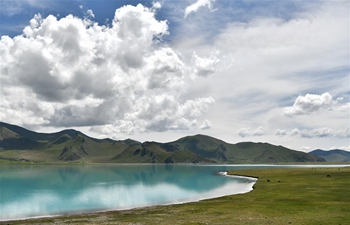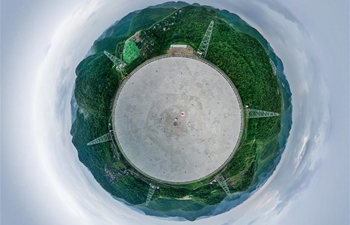CHICAGO, Sept. 4 (Xinhua) -- Researchers from the University of Illinois (UI) and Kyushu University in Japan have developed a new technique that requires only a thin layer of ice at the interface of a surface to melt, allowing it to slide off under the force of gravity.
The researchers proposed delivering a pulse of very high current to the interface between the ice and the surface to create a layer of water. To ensure the pulse is able to generate the required heat at the interface, they apply a thin coating of a material called indium tin oxide, a conductive film often used for defrosting, to the surface of the material, and then leave the rest to gravity.
To test this, the researchers defrosted a vertical glass plate cooled to -15 degrees Celsius and to -70 degrees Celsius. These temperatures were chosen to model heating, ventilation and air conditioning applications and refrigeration and aerospace applications, respectively. In all tests, the ice was removed with a pulse lasting less than one second.
In a real-world setting, gravity would be assisted by airflow, said lead author and UI mechanical science and engineering professor Nenad Miljkovic. "This new approach is more efficient than conventional methods."
The new method uses less than one percent of the energy and less than 0.01 percent of the time needed for traditional de-icing techniques.
In the next step, the researchers will study more complicated 3D surfaces like airplane components. "More work is needed to figure out how we can coat curved components with indium tin oxide conformably and in a cost-effective manner while maintaining safety compliance," said Miljkovic.
"Although the total power during the pulse is very low, the instantaneous power is high," said UI graduate student Yashraj Gurumukhi. "Further work is needed in terms of electronics required to power the circuits that heat up the interface."
The method, posted on UI's website on Tuesday, has been published in the journal Applied Physics Letters.







